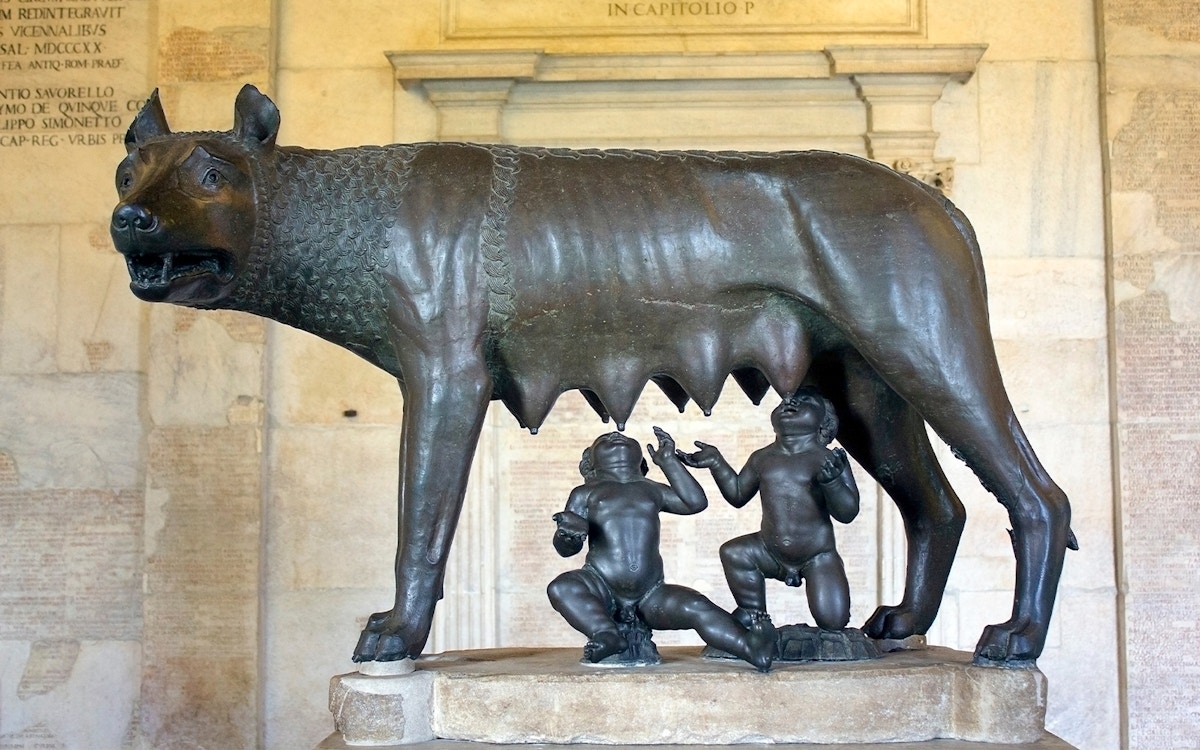Daily: 9:30am to 7:30pm
December 24 and December 31: 9:30am to 2pm
Last entry: Last admission is an hour before closing time.
Closed: The museums are closed on May 1 and December 25.
Best time to visit: If you're looking for a quieter trip to the Capitoline Museums, try going on a weekday. You'll have more freedom to check out the exhibits without feeling rushed. Afternoons are usually better since school groups tend to fill the mornings with tours. Spring (April to May) and fall (September to November) are the best seasons to visit, thanks to the nice weather and fewer people around.

